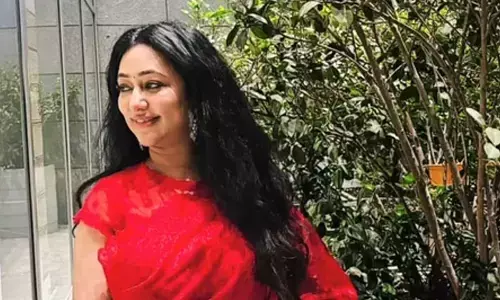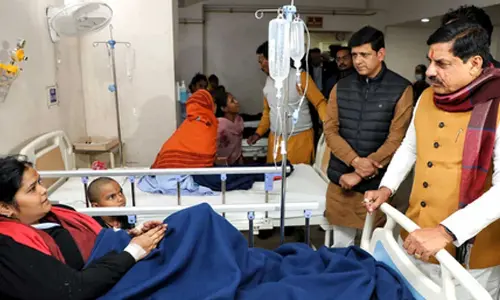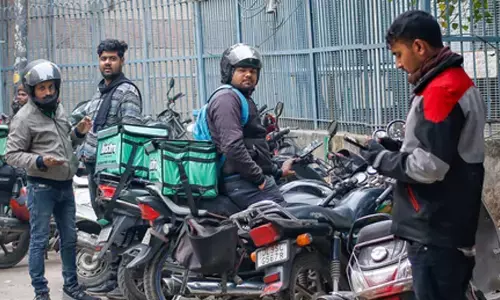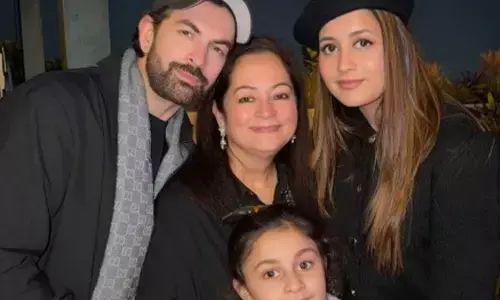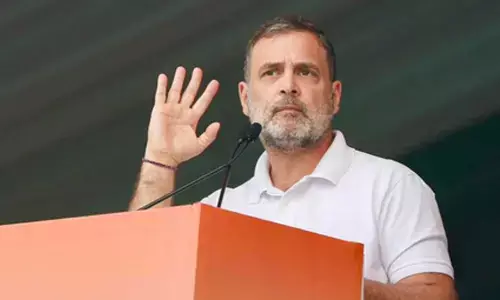Mangalore Dasara- indomitable common man spirit
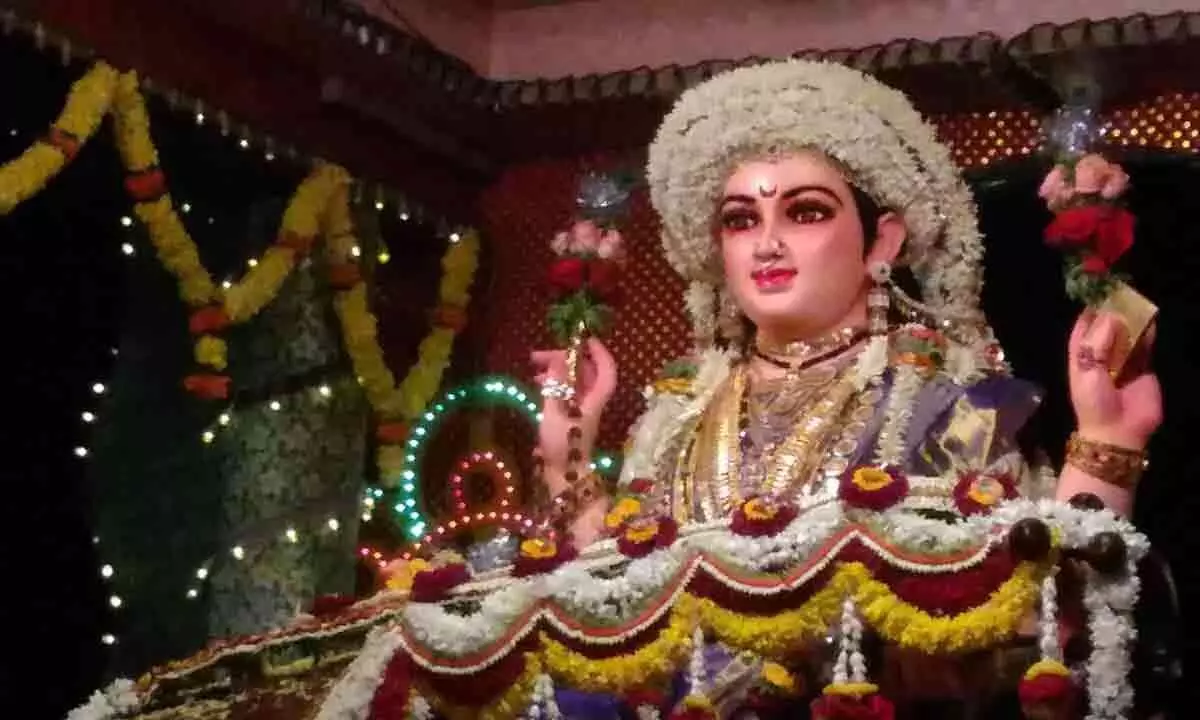
Grand procession gets record crowds
Mangaluru : Just like its great spirit of private enterprises in education, healthcare, transportation, and banking, Mangalore city also had its own stamp of Dasara, which came to be known as the second best Dasara in the state after Mysore, but here there was no government patronage nor the royal halo. In fact, it was a product of the empowerment of the poor and the downtrodden and was equated with the social reformation movement taken up by Balgangadhar Tilak in Maharashtra, bringing the celebration of Ganesh Chaturthi into the public domain.
The city, which was known to be a city inhabited mainly by backward communities a quarter century ago, was then known for the grand Dasara festivities, considered a common man’s Dasara. The city, full of Devi Temples like Mangaladevi, Boloor Mariyamma, Halekote Mariyamma, and the Kateel Durgaparameshwari temple located 20 kilometers from the city, took Dasara festivities seriously.
Thanks to the Kudroli Gokarnanatha temple, which took the lead in organizing the Dasara procession, installing Navadurga idols, and giving the required color and gaiety to the festivities. The temple itself had been brought up to give the common man his place of worship. Sahukar Koragappa, who took the lead in 1912 towards this end, brought the 18th-century Philosopher and Narayana Guru from Kerala to Mangalore to consecrate the Shiva Lingam, which he brought from Kerala along with him. The Kshetra was named 'Gokarnanatha' by Narayana Guru. The Billava community leader, Koragappa, despite being a respected elder of the city, was pained by the denial of the right of entry to temples to the Billava community by upper-caste Hindus. He had felt that his community could benefit from the presence of their place of worship.
Through these humble beginnings, the Gokarnanatha Temple had become a world centre for Billavas and a strong Shiva temple is known all over the country, as former Rajya Sabha member B. Janardhana Poojary had been instrumental in bringing up this temple to today's stature, starting from 1989 with Kar Seva.
The Kshetra started the tradition of consecrating the Navadurgas for the Dasara festival in 1991. The Navadurgas in their different avatars, as mentioned in the Puranas were installed here, which had become a specialty of the Kudroli temple. Mahagowri, Mahakali, Kathyayini, Shailaputhri, Brahmacharini, Chandraghanta, Kooshmandini, Skandamatha, and Siddhi Dhatri were the Navadurga avatars.
On the last three days, the Sharada Mahotsava added to the color of Navadurga pujas. The Sharada matha idol was stated to be one of the largest in the country.
On the last day of the Navarathri, the grand procession included a five-kilometer-long lineup of tableaux (over 100 of them) coming from all over the state and some from outside. More than 30 troupes of folk dancers from Karnataka, Maharashtra, Kerala, and Andhra Pradesh also took part in the procession. All the Navadurga idols were mounted on truck platforms with a dazzling display of lights and took part in the procession. The all-night affair kept the Mangalore city awake all night.
It was estimated that in the 2012 Dasara, there were more than 10 lakh people who witnessed the procession, which was a landmark crowd. in the same year, the Mysore Dasara witnessed a footfall of 8.5 lakhs, and another ten lakh visited the temple during the Navarathri festivities, which was equivalent to the crowds drawn by the Mysore Dasara. However, the Mangalore Dasara did not have government or royal patronage like its famous cousin in Mysore. The entire expenses of Dasara were borne by the devotees and philanthropists of Mangalore, giving it the name "common man’s Dasara." (eom)








